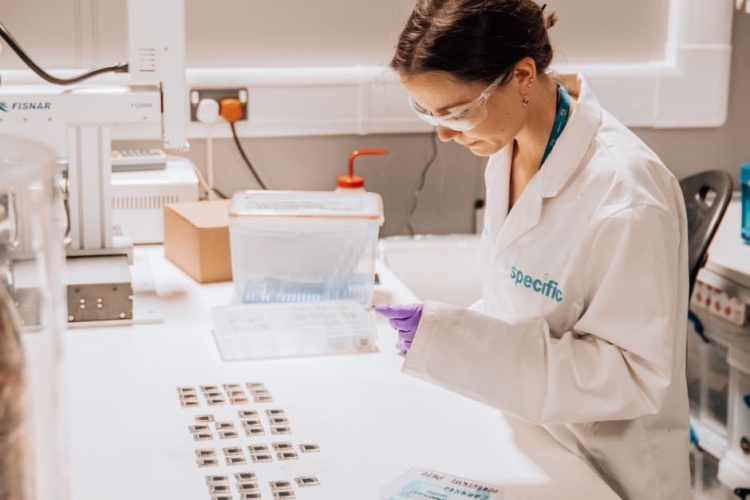
Touted as a commercially viable next-generation solar technology, printed carbon perovskite solar cells are said to be cheap, easy to make, and extremely efficient at converting light to electricity.
UK project to advance organic and perovskite solar cells
A major barrier to the large-scale manufacture and commercialisation of these cells is the solvents used to control crystallisation of the perovskite during fabrication because they are made from toxic, unsustainable materials that are banned in many countries.
Now, researchers at SPECIFIC Innovation and Knowledge Centre, Swansea University have discovered that a non-toxic, biodegradable solvent called GVL (γ-Valerolactone) could replace these solvents without impacting cell performance. Their findings have been published in Energy Technology.
As well as overcoming issues related to toxicity and biodegradability, GVL is made from sustainable feedstocks, suitable for use in large-scale manufacturing processes, and there are no legal issues in its use around the world.
In a statement, Carys Worsley, who led the research as part of her doctorate, said: "To be truly environmentally sustainable, the way that solar cells are made must be as green as the energy they produce. As the next generation of solar technologies approaches commercial viability, research to reduce the environmental impact of large-scale production will become increasingly important."
Professor Trystan Watson, research group leader, added: "Many problems need to be resolved before these technologies become a commercial reality. This solvent problem was a major barrier, not only restricting large-scale manufacture but holding back research in countries where the solvents are banned.
“We hope our discovery will enable countries that have previously been unable to participate in this research to become part of the community and accelerate the development of cleaner, greener energy."




Nanogenerator consumes CO2 to generate electricity
Whoopee, they've solved how to keep a light on but not a lot else.